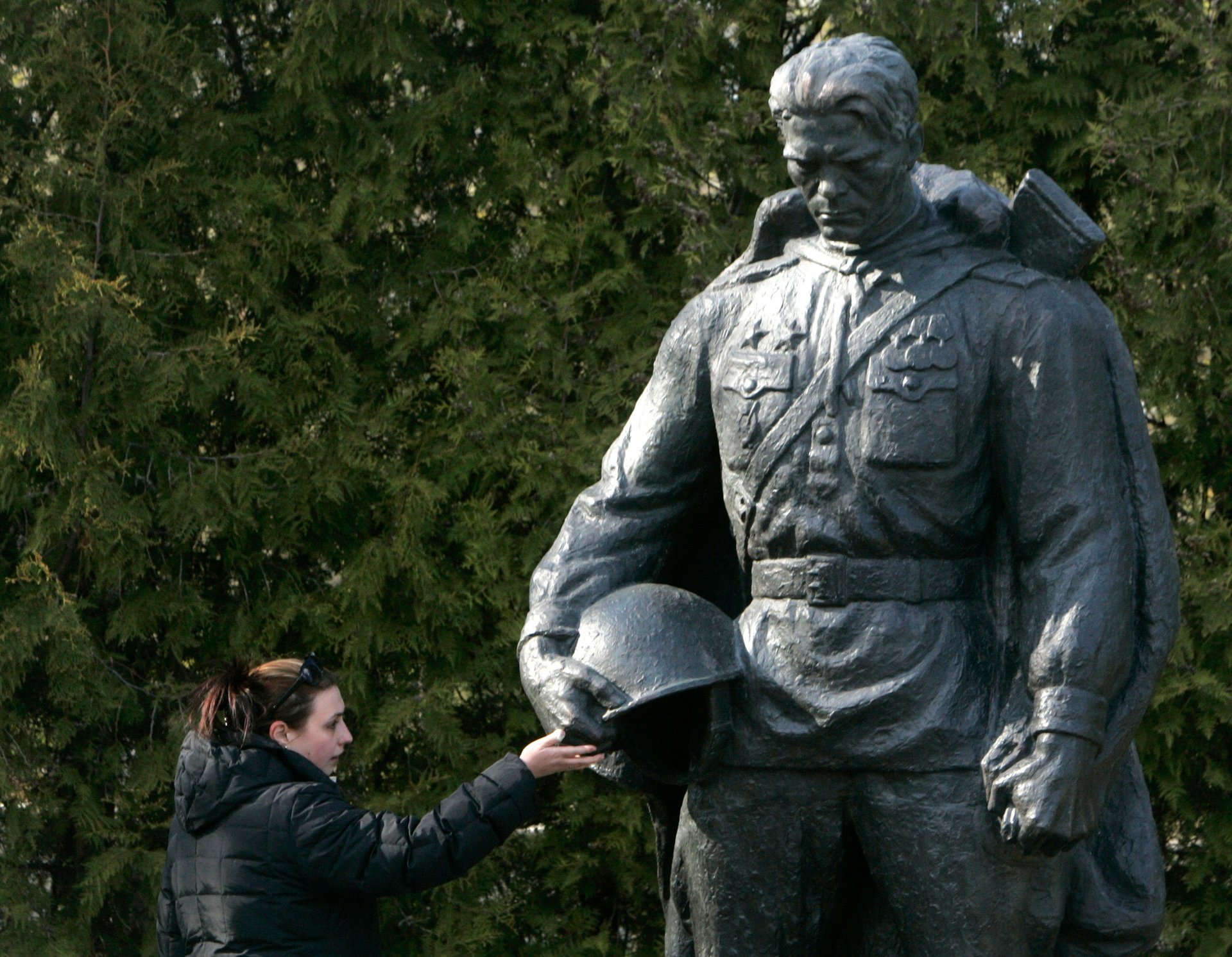In Estonia, life is good, maybe too good, for ethnic Russians
Over the last two-year period for which statistics are available, only 37 ethnic Russians moved from Estonia to the Russian Federation. This, despite the latter’s program for resettling those it calls “compatriots,” and the regular complaints of Moscow officials that Estonia and other neighboring countries are oppressing their ethnic Russian communities.


Over the last two-year period for which statistics are available, only 37 ethnic Russians moved from Estonia to the Russian Federation. This, despite the latter’s program for resettling those it calls “compatriots,” and the regular complaints of Moscow officials that Estonia and other neighboring countries are oppressing their ethnic Russian communities.
In the February 6 issue of the Moscow newspaper Novaya Gazeta, journalist Vyacheslav Ivanov suggests that it is important for everyone to understand why, despite the oft-reported problems of ethnic Russians in the Baltic countries, “the majority of Russians there prefer to live in Estonia,” than to return to the Motherland.
Ivanov begins by recounting what happened in the summer of 1994: the Russian Drama Theater in Tallinn put on Chekhov’s “Three Sisters.” At the end of that performance, actors dressed like Soviet officers exited the stage, when the sisters talk about going “to Moscow, to Moscow!” Their departure was met with thunderous applause, not because the performance was especially noteworthy, but because it occurred when Russian troops finally left Estonia after it regained independence in 1991, following the collapse of the Soviet Union. And those applauding were not just Estonians, but ethnic Russians, too.
To be sure, some ethnic Russians did leave — about 27,500 each year between 1991 and 1996, according to Ivanov. Most of these were either retired military personnel and their families, or civilians who “for various reasons considered it impossible for themselves to continue to live in independent Estonia.”
After 1996, the number of those departing began to decline precipitously — to less than a thousand a year in the early 2000s. And in 2011, the number of ethnic Russians arriving to live in Estonia exceeded, admittedly by a small percentage, the number of those departing or dying, Ivanov says.
Today, roughly 1,315,000 people live in Estonia. About 70 percent of them are ethnic Estonians, and approximately 26 percent are ethnic Russians. In 1940, non-ethnic Estonians constituted less than 10 percent of the population, and their number included Old Believers who had been living there since the 17th century.
Urmas Ott, an Estonian television host, told Ivanov that, in the early 1990s, many Estonians hoped that, if not all ethnic Russians, then most of them would repatriate with the withdrawing Russian troops. Now, things are different, Ott said. Estonians today are a more “patient” and “tolerant” people.
Ivanov suggests that it is precisely these two qualities, patience and tolerance, that lend resident Russian-Estonians a sense of security among their native neighbors — that even after the collapse of Russian power in the region, there would be a preservation of balance between the two ethno-linguistic communities.
Another factor is that ethnic Russians living in Estonia have been profoundly affected by so-called “Estonian values.” They are very different from their compatriots elsewhere: their nationalism tends to be more restrained, their political views more moderate. Although, Ivanov adds, “from the point of view of Estonians, it wouldn’t be a bad thing if they were even more so.”
A major social-political problem in Estonia is the existence of a large number of residents who are without citizenship, and the large number who are citizens of a foreign country — in most cases, Russia. There are approximately 330,000 ethnic Russians living in Estonia today. About 120,000 of them have Estonian citizenship, about 100,000 are citizens of the Russian Federation, and another rough 100,000 are non-citizens who have many but not all the rights of native Estonians.
At the same time, these non-citizens, who carry what are known as “gray passports,” have what some view as ostensibly more rights than anyone. They can go to Russia without a visa, something Estonians cannot do. They can travel throughout the European Union, similarly visa-less, which is something Russians cannot do.
That is a considerable advantage, as is the fact that Estonia, even in Soviet times, was distinguished by a relatively high standard of living. That still makes it attractive, but other “non-material” amenities are almost certainly more important. These include an independent judiciary, which protects people even when they act in ways that some Estonians don’t like.
Many in Russia followed the 2007 case of the “Bronze soldier” monument, the removal of which from the center of Tallinn to a military cemetery sparked violent protests. But far fewer are aware that some of those arrested at the time later won their cases in Estonian courts, or that such vindications are far from unique.
Ivanov concludes that “the situation of the Russian-speaking minority in Estonia is far from ideal.” Unemployment is higher among Russians; and for those with jobs, pay is generally lower. But what is important is that activists in Estonia are constantly raising these issues, and they suffer little to no persecution from their government for doing so.
That is one more reason why ethnic Russians in Estonia aren’t moving back to Russia. There, activists who upset the status quo have measurably fewer victories, and the courts have far less independence. This renders Moscow’s aforementioned concern for the welfare of Russians abroad rather hollow.
In the wake of the Russian annexation of Crimea, with President Putin claiming to do so in the interests of the Russian community there, concerns have been raised of similar designs on the Baltic states. But when it comes to Estonia, it seems Putin won’t have much Russian-nationalist fervor to lean on. Quite the contrary: it seems the Russian-Estonian community is not just appreciative of the comforts and liberties Estonia has to offer, but perhaps proud, even protective of them.